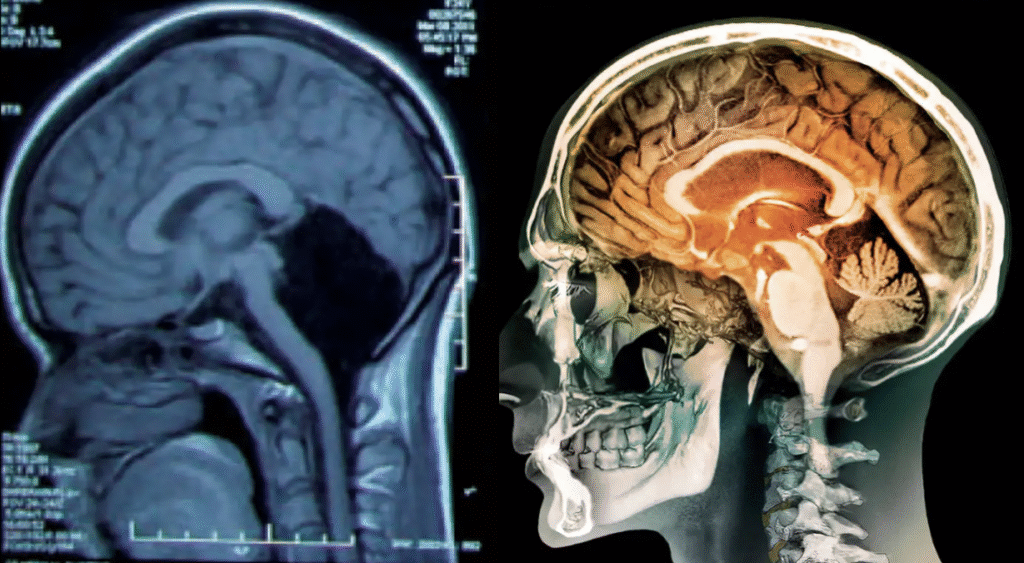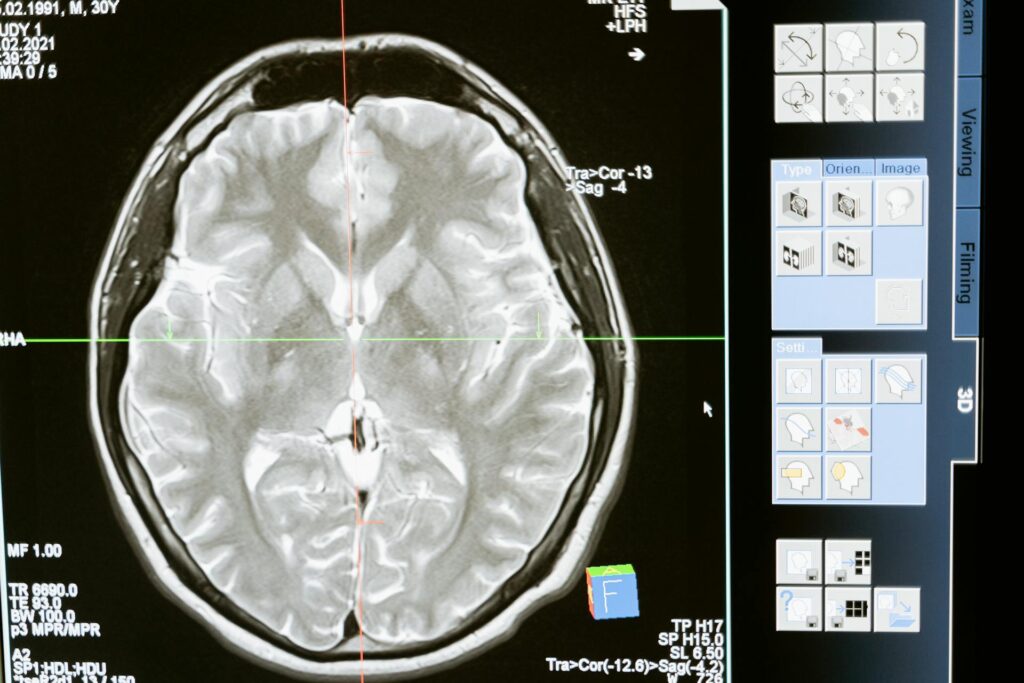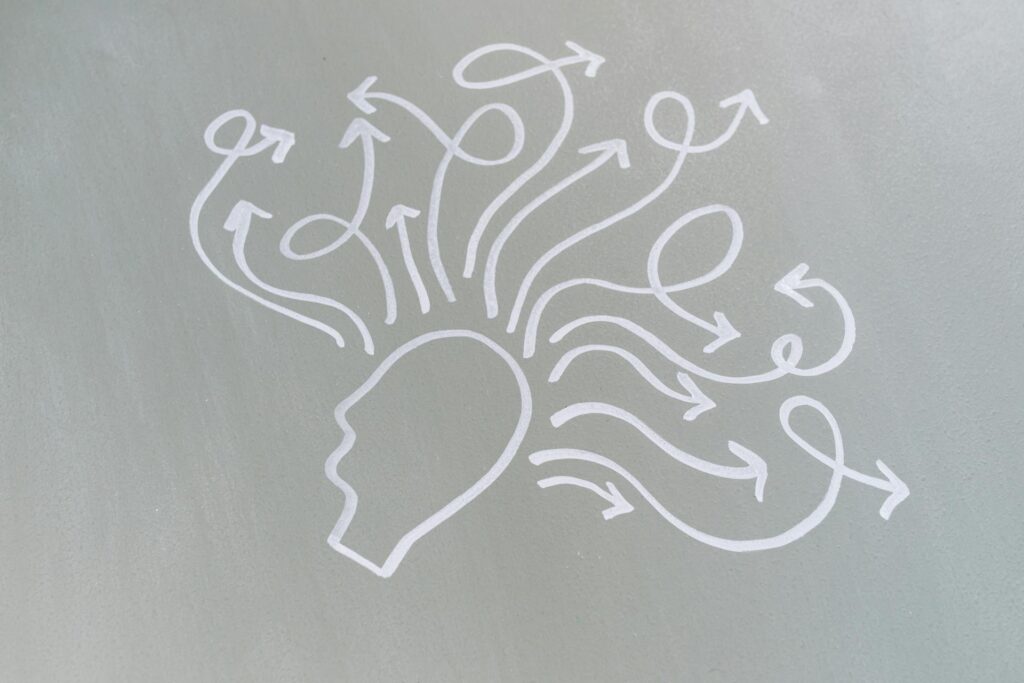What if your most essential “you” isn’t where you think it is?
For centuries, we’ve had a simple story about consciousness. We’ve assumed our awareness, our self, our ability to feel like “I” am “me,” lives in the newest, most advanced part of our brain.
That part is the neocortex. It’s the famous wrinkled, gray outer layer that you see in any picture of a brain.
It makes sense, right? The neocortex is where our “smartest” functions happen. It handles complex language, abstract thought, and long-term planning. Surely, this must be the seat of the soul.
Well, one researcher’s striking review of over 100 years of brain science suggests we might be completely wrong.
Peter Coppola, a visiting neuroscience researcher at the University of Cambridge, recently published an exhaustive analysis. His finding? The evidence challenges our most popular theories. It suggests the real root of consciousness is not in the new, complex cortex at all.
Instead, it may be hidden in the most ancient, primitive parts of our brain.
Contents
The Brain Part We Thought Was in Charge

To understand why this is so shocking, you have to know the consensus.
The scientific search for consciousness has long been “cortico-centric,” meaning it focuses on the neocortex. This is the part of our brain that is newest in evolutionary terms.
This assumption forms the basis for the most dominant scientific theories of consciousness. You may have even heard of them.
One is the Global Neuronal Workspace Theory (GWT). It compares consciousness to a “spotlight” in a theater.
Your brain has countless unconscious processes happening in the dark “audience”. When one piece of information is important enough, a spotlight of attention shines on it. It gets “broadcast” to a “global workspace” so other brain areas can use it. That broadcast is consciousness.
And where does GWT say this “workspace” is? It’s believed to be in the long-range networks of the prefrontal cortex—the very front of that new, wrinkled layer.
Another popular idea is the Integrated Information Theory (IIT). This theory is more mathematical.
It argues that consciousness is a measure of a system’s “integrated information,” a value called Phi ($\Phi$). If a system can hold a lot of specific, different information (differentiation) but that information is also highly unified (integration), it is conscious.
And where does IIT predict this high-Phi structure lives? In the posterior cortex, the back of that same wrinkled layer.
Notice the pattern? Both major theories assume the neocortex is the answer. This belief has become a near-dogma in neuroscience. It’s the default, “obvious” root of consciousness.
Read: Neuroscientists Reveal How Your Brain Sabotages Your Ability to Adapt (And How to Outsmart It)
A New Look at the ‘Ancient’ Brain

Coppola’s research did not accept this “obvious” answer. He went back to basics.
His review analyzed over a century of research, from old surgical studies on animals to modern magnetic stimulation on human brains. He wanted to find the sufficient conditions. What is the minimum piece of brain you need to have a basic experience?
To do this, he broke the brain into three simple regions:
- The Cortex: The new, wrinkled outer layer.
- The Subcortex: The “ancient” inner structures, including the brainstem. These parts run our most basic functions and haven’t changed much in 500 million years.
- The Cerebellum: The “little brain” at the back, which we long assumed was just for balance and motor control.
Coppola looked at what happens when you alter or damage each part. The results paint a picture that is completely upside-down from the traditional view.
Stimulating the cortex does, in fact, change your experience. It can make you hallucinate or change your sense of self.
But stimulating the subcortex is different. Studies show that stimulating these ancient regions can induce depression, knock an animal unconscious, or even (in some cases) restore consciousness. It seems to control the “on-off switch” in a way the cortex doesn’t.
This was the first major clue in this modern neuroscience of consciousness. The most dramatic changes, the very abolishment of experience, seem tied to the subcortex.
Also See: Breakthrough As Oxford Scientists Achieve Teleportation With Quantum Supercomputers — Here’s How
Shocking Cases: Finding Consciousness Without a Cortex
The most compelling evidence in Coppola’s review comes from “impossible” cases. These are people and animals who are missing the very brain parts that textbooks say are necessary for consciousness.

The Children Who “Shouldn’t” Be Conscious
This is the most stunning evidence. Coppola’s review highlights rare cases of children born with hydranencephaly.
This is a condition where the cerebral hemispheres—the entire neocortex—fail to develop. Their skulls are not empty; they are filled with cerebrospinal fluid where the cortex should be.
According to all major medical textbooks, these children should be in a permanent vegetative state. The logic is simple: no cortex, no consciousness.
But Coppola, building on the work of researchers like Björn Merker, points out a problem. When you actually observe these children or survey their caregivers, the “vegetative” diagnosis is completely wrong.
These children are conscious.
Caregiver surveys and neurological reports describe a rich palette of appropriate emotions. They smile, they laugh, they show clear signs of joy and excitement. They cry when frightened by medical procedures. They even show specific preferences. They recognize family members, enjoy specific toys, and show enjoyment of music.
One neurologist described how a child with hydranencephaly would brighten at happy songs but often cry during sad songs. This is not a simple reflex. This is affect. This is feeling.
These children prove that a neocortex is not necessary for basic, feeling-based consciousness.
The Woman With No “Little Brain”
Coppola’s review also re-examines the cerebellum. This “little brain” is densely packed. It contains more than 50% (some estimates say 80%) of your brain’s total neurons.
For decades, science dismissed it as a “motor-only” device, irrelevant to consciousness.
Coppola’s review finds this is wrong. He notes that people born without a cerebellum can live “quite normal lives”.
The most famous example is a 24-year-old woman from China. In 2014, she went to a hospital complaining of dizziness and nausea. Doctors performed a scan and were shocked. Where her cerebellum should have been, there was only a gap filled with fluid.
Her life wasn’t perfectly normal. She had developmental delays. She didn’t walk until age 7, and her speech was slurred. But she had lived for 24 years without anyone knowing. She was married and had a daughter.
What does this “impossible” case prove? It proves the brain’s incredible plasticity. When you are born without a major part, the brain doesn’t just give up. It rewires itself. It finds a new “developmental trajectory”.
This case shatters the idea that the brain is a machine with non-negotiable parts. It supports Coppola’s argument: we have to look at the brain as a dynamic, interconnected network, which sets the stage for a completely new consciousness theory.
A New Consciousness Theory: The Real Root of Consciousness?

If the “smart” cortex isn’t the source, where is the root of consciousness?
Coppola’s paper formally concludes that the evidence, taken together, “indicates that the subcortex is sufficient for behaviours that suggest basic experiences”.
He’s not alone. This idea is the foundation of a new consciousness theory championed by other prominent neuroscientists, like Mark Solms and Björn Merker.
Solms, a neuropsychologist, makes the argument with brutal simplicity. He notes that the “ABCs of behavioral neuroscience” is to damage a part of the brain and “see when the lights go out”.
Here is the “double dissociation” that blows the old theory apart:
Tiny (2mm) lesions to the brainstem (part of the subcortex) can completely and permanently obliterate all consciousness. The patient enters a coma or vegetative state, even with a perfectly healthy cortex.
Total removal of the cortex (as in the hydranencephaly cases) does not obliterate consciousness. The children are still awake, alert, and feeling.
The conclusion is unavoidable. The cortex cannot be the necessary source. The brainstem and subcortex must be.
This new consciousness theory proposes that the most fundamental form of consciousness is not thought. It is raw feeling, or “affect”. The brainstem, which handles our most basic survival functions (like breathing, heart rate, and temperature), generates a constant stream of feeling. It tells us if we are safe or in danger, hungry or satisfied.
This raw feeling of being alive is the original root of consciousness.
So, what is the “smart” neocortex for? It’s not the engine. It’s a “coprocessor” or “interface”. It’s an evolutionary add-on. The ancient brainstem gives us the raw “I am” feeling. The neocortex takes that feeling and adds incredible layers of complexity: language, memory, a sense of self over time, and the ability to plan a future.
The cortex, in this view, is not what generates consciousness. It is what expands it.
Why This Search for the Root of Consciousness Matters

This is far more than an academic debate. This new consciousness theory, if correct, has profound implications for medicine and ethics.
Rethinking the “Vegetative” State
First, it forces us to confront a terrifying clinical problem: Disorders of Consciousness (DOC).
After a severe brain injury, patients are often diagnosed as being in a Coma, a Vegetative State (VS), or a Minimally Conscious State (MCS). The difference is life and death. A VS patient is presumed unconscious, while an MCS patient has flashes of awareness.
The misdiagnosis rate is catastrophically high. Studies show that up to 43% of patients diagnosed as “vegetative” are actually minimally conscious.
Why? Because our standard bedside tests are based on the old, cortical-centric model. We ask a patient to “squeeze my hand” or “follow my finger.” But these commands require an intact motor and sensory cortex to execute.
Now, imagine a patient whose cortex is severely damaged, but whose conscious “self” in the brainstem is perfectly intact and aware. They would be a prisoner in their own body. They would be conscious, but unable to prove it.
This shift in the neuroscience of consciousness is a moral imperative. It demands we stop relying only on motor responses and fully embrace new diagnostic tools, like fMRI and quantitative EEG (qEEG), that can bypass the broken cortex and look for the signature of awareness in these deeper, ancient structures.
Rethinking Animal Rights

The second implication is just as profound. Coppola himself concludes his review by stating, “consciousness might be more common than we realized”.
For centuries, our “special” neocortex was our ticket to moral superiority. Philosophers like René Descartes argued animals were just “machines” without inner feelings. This idea, in some form, has allowed us to draw a sharp line between “us” and “them”.
But if the root of consciousness is not the unique neocortex, but the evolutionarily ancient subcortex… that line disappears.
This ancient brainstem is shared by all mammals, all birds, and many other vertebrates.
This is precisely what a group of elite neuroscientists declared in the 2012 Cambridge Declaration on Consciousness. They stated, in no uncertain terms, that the evidence is overwhelming. Humans are not unique. Animals, including all mammals, birds, and even octopuses, possess the neurological substrates of consciousness.
Their key finding: “The absence of a neocortex does not appear to preclude an organism from experiencing affective states”.
This reframes the entire animal rights debate, the question from “Can they think?” to “Can they suffer?”. If the answer is yes, the ethical implications for how we treat other creatures on this planet are staggering.
A Deeper, Older, and More Common Kind of “Being”

The debate over the neuroscience of consciousness is heating up. In fact, a massive 2025 “adversarial” study, designed to force a showdown between the two major cortical theories (GWT and IIT), famously failed to crown a winner.
The results were “decidedly mixed,” and in fact, challenged core parts of both theories.
Peter Coppola’s review is not just one researcher’s opinion. It is a powerful synthesis of a century of “forgotten” evidence. The “impossible” cases of children without a cortex and adults without a cerebellum are not flukes to be ignored. They are the key.
They tell us that the root of consciousness is not in the “smart,” new, and fragile cortex.
It is in the ancient, resilient, and primal subcortex. It is the raw feeling of being alive.
Consciousness, it seems, isn’t just about thinking. It’s about being. And that fundamental “being” is a much older, deeper, and more common miracle than we ever realized.